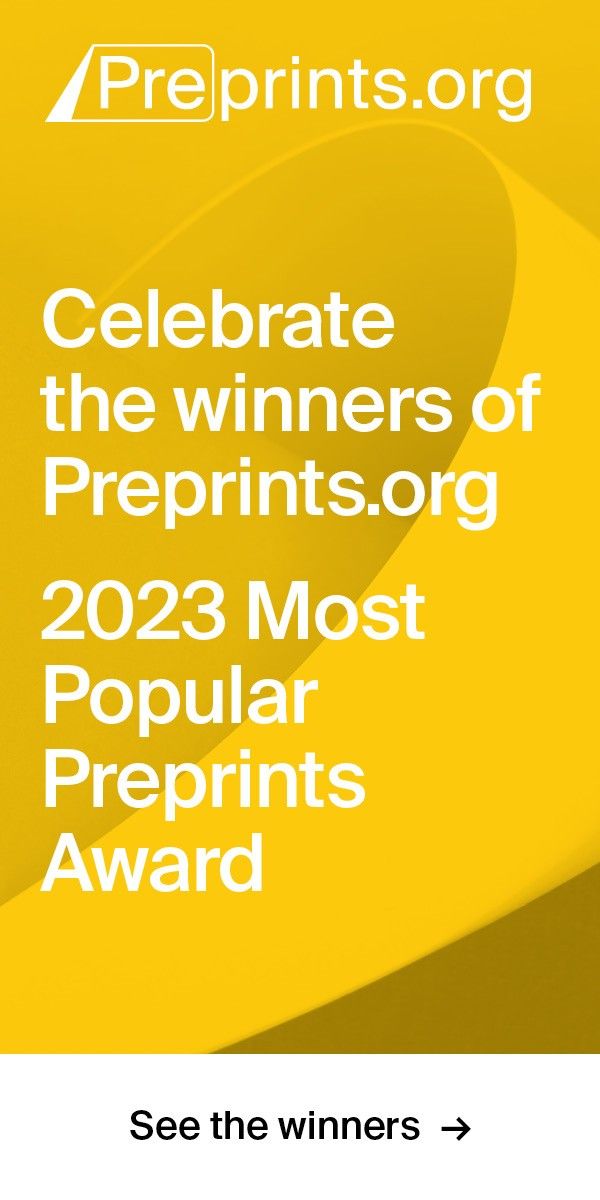Article
Version 1
Preserved in Portico This version is not peer-reviewed
Mechanical Modelling of Interfacial Phase in Coatings
Version 1
: Received: 15 September 2017 / Approved: 15 September 2017 / Online: 15 September 2017 (11:52:35 CEST)
How to cite: Xia, R.; Huo, M.; Xu, J. Mechanical Modelling of Interfacial Phase in Coatings. Preprints 2017, 2017090066. https://doi.org/10.20944/preprints201709.0066.v1 Xia, R.; Huo, M.; Xu, J. Mechanical Modelling of Interfacial Phase in Coatings. Preprints 2017, 2017090066. https://doi.org/10.20944/preprints201709.0066.v1
Abstract
Interface between matrix/coating or coating/coating in fact represents a very complicate thin interfacial layer. So interface model is necessary to avoid the difficulty on considering such a complicate thin layer in analysis. Classic interface model and cohesive model have been widely used in stress analysis of coating materials, though they cannot represent the effect of very thin interfacial layer accurately. A complete interface model has been deduced from the equivalent constitutive of interfacial layer in this paper. It is found that both classic interface model and cohesive model sometimes cannot give correct analysis results, while the complete interface model can always give a correct result. Moreover, the stress parallel to interface within the interfacial layer can also be analyzed by the new model. Besides, this model can also be used to describe the equivalent properties of interfacial layer, thereby, can provide a quantitative characterizing method for interfacial layer itself.
Keywords
interfacial phase; interface model; displacement jump; boundary element method
Subject
Chemistry and Materials Science, Surfaces, Coatings and Films
Copyright: This is an open access article distributed under the Creative Commons Attribution License which permits unrestricted use, distribution, and reproduction in any medium, provided the original work is properly cited.
Comments (0)
We encourage comments and feedback from a broad range of readers. See criteria for comments and our Diversity statement.
Leave a public commentSend a private comment to the author(s)
* All users must log in before leaving a comment







